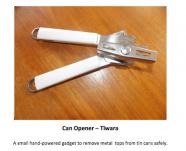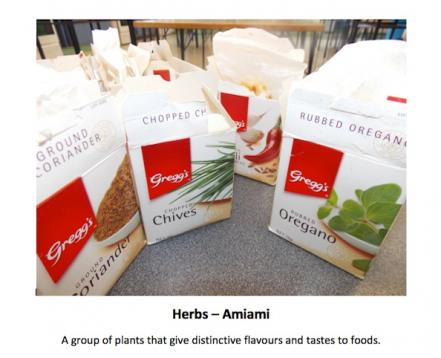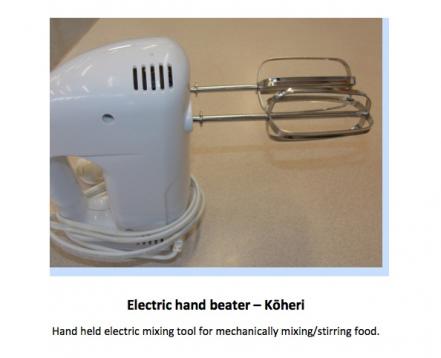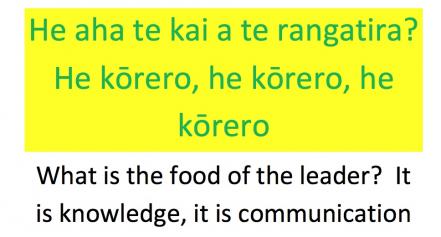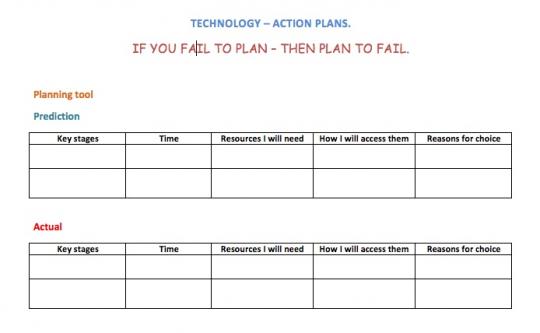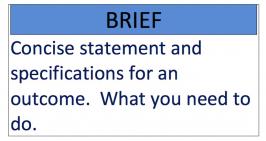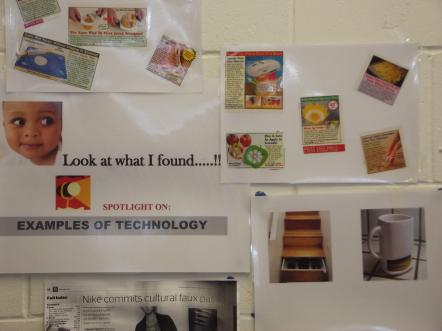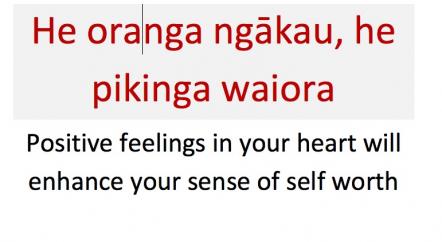Making the most of classroom walls
This snapshot is an example of culturally responsive practice within the technology learning area.
Teaching inquiry
How can I utilise my classroom walls to create an environment that reflects the intent of the technology learning area and motivates my students to learn?
Introduction
Aware that the physical environment conveys its own messages, Jeff Thomas of Birkenhead College set about surrounding the students with attractively presented materials that set up an expectation of learning at the same time as they provide valuable tools for learning.
Posters featuring whakataukī and te reo Māori technology terms were a signal to Māori students that they were in the right place and an invitation to join in technological and cultural discourse.
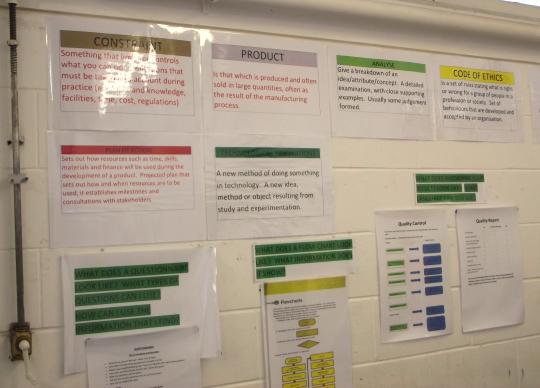
Strategy
Jeff works mainly with year 10 students. His students are timetabled for three 50-minute periods per week – one in a practical classroom and two in a conventional classroom.
In his foods programme, Jeff wanted to shift the focus to food technology (designing and developing processed outcomes) while also continuing to teach nutrition.
Jeff knew that aspects of the classroom such as lighting, seating, colours, and what is on the walls can influence students’ attitudes and behaviour. He decided to use the walls to feature “all things food technology” and te ao Māori.
By the time he had finished, he had nine different types of items on his walls.
1. Te reo Māori support
First up, were Māori terms that had been assigned technological meanings.
Trident High School had earlier worked with the Māori Language Commission to establish a vocabulary of technology words for use in the technology classroom.
Teaching snapshot: Māori technology glossary
Jeff took these words and superimposed them (together with the English translation) on photos that illustrated or suggested their meaning. He then put the annotated photos on the classroom walls.
2. Whakataukī
Next came posters featuring whakataukī.
Jeff is Ngāi Tahu, originally from Wairewa (Banks Peninsula), then Rakiura (Stewart Island), and then Murihiku (Invercargill). He makes frequent use of whakatukī, so it seemed an obvious idea to feature a selection on posters and put them on the classroom walls. Quoting from the whakataukī is a simple way of acknowledging and validating the culture of his Māori students.
3. Technological practice posters
These posters were developed by Heather Bell, then a technology facilitator based in Napier and working for Massey University School Support Services. Heather based presentation around these posters and used it when working with teachers or students to help clarify aspects of technological practice.
Jeff printed the presentation slides in poster format so he could display them on the classroom walls.
4. Planning for practice
Jeff had collected a number of resources relating to planning for technological practice. These included definitions and a comic strip from Skills in Technology by Jenny Ridgwell (Heinemann, 1997) that depicts the various stages of a technology project.
Plan of action: Definition (Word 2007, 13 KB)
What does planning look like? (Word 2007, 13 KB)
Technology action plan (Word 2007, 14 KB)
Technology action plan: Handout (Word 2007, 14 KB)
5. Learning Progression Diagrams
To ensure that the Learning Progression Diagrams were always at hand for reference, both for himself and his students, Jeff expanded them to A3 size so that they could be displayed as posters on the wall.
6. Speech bubbles
Vincenza Golding, formerly a Team Solutions technology facilitator and now head of faculty at Baradene College developed this tool for teachers. The speech bubbles give sentence starters as prompts for client voice and student reflection. The aim is to support independent student engagement with aspects of technological practice.
7. Technology definitions
Students need to become familiar with the definition of technology and the specialist vocabulary used in the technology learning area. Jeff had vocabulary resources that he’d used in his previous school and he created a set of A4 posters featuring definitions.
8. Food technology, designing and developing processed outcomes vocabulary
Food technology also uses specialist vocabulary, for example, sensory testing and food product analysis. Jeff created and displayed posters that featured some of the most important terms.
9. Outcomes of interest
Finally, Jeff created a space on the wall where he could post newspaper and magazine cuttings featuring technological outcomes of interest. As well as bringing cuttings himself, he asked the students to contribute items of interest.
Outcome
Since giving the working environment its makeover, Jeff has found his students more engaged and wanting to do the work.
“The material seems to get them into the right frame of mind. And it opens up opportunities for conversation – we have had some great conversations about technological literacy.”
Jeff Thomas
The change didn’t happen overnight. In fact, it took a couple of weeks for the students to really notice the material on the walls. But now Jeff can walk over to a poster when making a point, and the students turn to the poster too.
The response of Māori students to the posters featuring te reo Māori terminology and whakataukī – and to Jeff’s use of them in teaching – has been “incredible”.
“They now have the confidence to participate in conversations and propose answers to questions. And they are doing quality work. When I first took the class over, some were quite whakamā and appeared to have a low sense of self-worth. Their response has encouraged me to make more use of te reo. I now ask them, ‘How do you say that?’ ‘What’s the word for this?’”
Jeff Thomas
Jeff has now reduced the size of some of the posters so students can take them down and use them when they need to. Allowing them to do this seems to give the students a sense of ownership and signal that they can be independent learners, and “just get on with it”. Classroom visitors have commented on how on-task the students are.
Given the opportunity to provide feedback, one student wrote:
“It’s only about a term and it seems we have known each other for longer. It seems that you are interested in us.”
Student
What next?
Next, Jeff plans to establish an area where he can display student work.
Because the classroom is quite small, he hopes to make use of other spaces once the summer weather comes along – he currently has his eye on the large open seating space at the café.
“With a bit more space I could make use of games and get the students up and moving.”
Jeff Thomas
Hamburger product development is currently underway. Jeff plans to get staff to discuss the products with the students who made them and to bring in guest judges for the final judging. He also hopes to have the winners’ names published in the school newsletter.
Jeff’s next plan is to use culture as a context. He may explore mass production systems for food, with technological systems as his curriculum focus.
You might also like ...
Technology learning and achievement aligned with an industry context: Custom classroom furniture
A case study with discussion questions on classroom furniture design being fit for purpose for all students.

